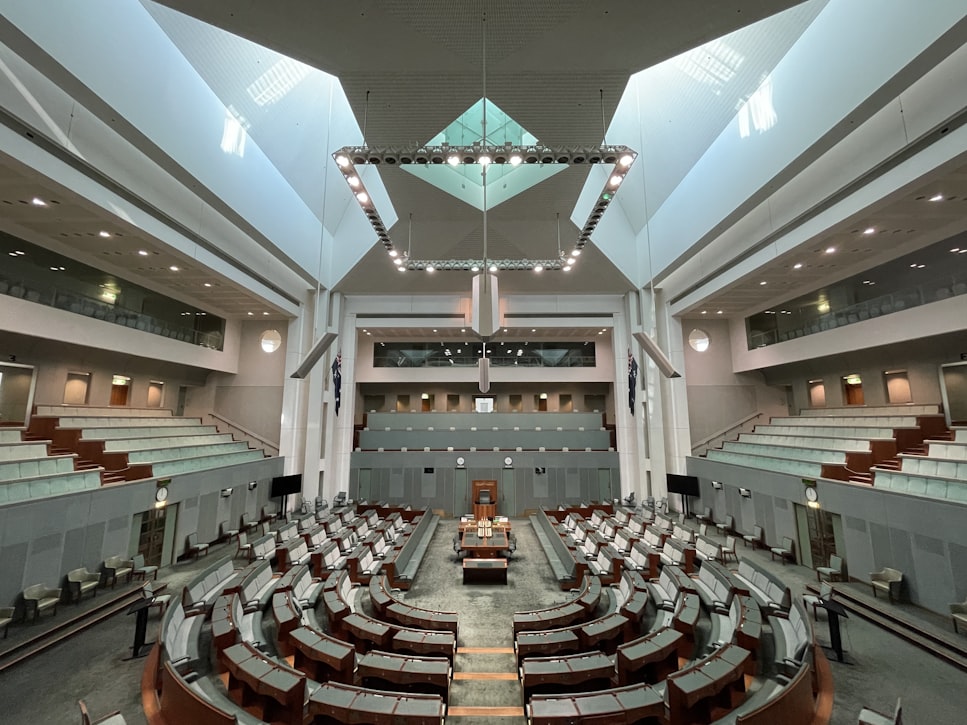Consumers struggling with cost-of-living pressures were dealt another blow on Thursday, when the Australian Energy Regulator confirmed energy price hikes of up to 25% from July.
Authors
Bjorn Sturmberg
Senior Research Fellow, Battery Storage & Grid Integration Program, Australian National University
Lee White
Fellow, Australian National University
Mara Hammerle
PhD candidate, Australian National University
For the one in three Australian homes with rooftop solar, the bill shock will be reduced – together with their carbon emissions. But households without solar, such as renters and social housing tenants, are missing out on the benefits.
In this month’s federal budget, A$1 billion was allocated to low-interest loans to homeowners for energy efficiency upgrades, solar panel installation and swapping out gas for electric appliances. Details are sketchy so far, but the government says the package “will focus on households that most need support”, including renters.
But do low-interest loans encourage landlords to install solar on rental homes? Our research suggests in many cases, the answer is no. New measures are needed to make sure renters benefit from solar technology – both through lower bills, and more liveable homes.
Solar haves and solar have-nots
Rents in Australia are on the rise. But as of 2017-2018, there was only a 3-4% chance a rental property had solar panels on the roof.
The conventional view is that two main barriers exist to solar being installed on rentals.
The first is that property investors don’t want to pay for the technology when they aren’t directly reaping the benefits of lower bills and a more comfortable home temperature.
But this dynamic is an inherent part of the rental arrangement. And it ignores the fact that landlords routinely make other improvements to investment properties, such as kitchen upgrades, even though they’re not using the kitchen. Instead, landlords benefit by collecting higher rents.
The second perceived barrier is the upfront cost of installing solar. Until now, efforts to increase solar on rental properties have focused on reducing this cost through subsidies and low-interest finance.
But are upfront costs really preventing landlords from installing solar on rental properties? Our research set out to answer that question.
First, we surveyed 931 property investors with all types of buildings. This involved a ranking exercise where landlords selected the most and least important reasons for not yet putting solar panels on their rental home.
We then surveyed 147 owners of stand-alone rental homes. We asked them to choose between hypothetical policy options involving system costs, billing arrangements and interest-free loans.
Our findings
Our research found landlords are concerned about the upfront cost of solar. They ranked it as one of two top reasons why they hadn’t installed rooftop panels.
But when offered a choice of hypothetical policy options, about two-thirds opted for upfront payment of solar systems rather than an interest-free loan. So for the majority of landlords, loans don’t seem to be the key tipping point.
And the other top reason landlords don’t install rooftop solar? Because they think renters aren’t willing to pay higher rent in exchange.
However, this perception runs counter to a 2021 study that found Australian renters with solar panels pay about A$19 more in rent each week than non-solar renters. This meant landlords could recoup the cost of installation in about five years.
So for policymakers wanting to get more solar on rental homes, initiatives must go beyond low-interest loans.
Other research we’ve conducted found many landlords saw energy efficiency measures, such as electric heating, as extremely expensive – and, in the case of insulation, invisible and therefore not valued by renters.
Our research also examined barriers for apartment landlords when it comes to energy efficiency upgrades and installing solar panels. Many worried about issues such as body corporate approval, and physical and legal barriers.
This suggests policies to increase the energy efficiency of the rental housing stock must cater to different dwelling types.
So what next?
The federal government should be commended for spending on energy efficiency. But further actions are needed.
One potential group that should receive more attention is the real estate industry. Property managers have relationships with both landlords and tenants, and deep knowledge of the rental market.
Resources could, for instance, be invested into teaching property managers about the benefits of rooftop solar and energy efficiency upgrades. Property managers could then include such features in home advertisements and talk about these benefits in discussions with landlords and prospective tenants.
Additional incentives could be provided to investors and property managers who, say, make a home less reliant on gas over time. This would mean as old appliances fail, they’re replaced with efficient electric versions – for hot water, heating and cooking.
What’s more, information about a property’s energy-efficiency performance should be made available to all prospective renters.
The ACT government has made steps towards this. It requires a home’s energy efficiency rating be disclosed to prospective buyers at the time of sale, and be disclosed to renters when a rating is available.
This should occur nationally, and be expanded to include the amount of energy generated by solar panels on a property, and the amount of money to be saved on energy bills.
Lastly, tax breaks for property investing, such as negative gearing, should be conditional on rental properties meeting minimum energy efficiency standards.
It’s good to see rental properties on the federal government’s agenda. But our research shows improving Australia’s rental stock requires far more than low-cost financing.
![]()
Bjorn Sturmberg received funding from Energy Consumers Australia for the research on solar for rental properties discussed in this piece (grant number APAPR21003. The views expressed in this document do not necessarily reflect the views of Energy Consumers Australia). He was previously the founder and CEO of SunTenants, a company making solar work for rental properties. SunTenants was aquired by Solar Analytics in 2019. Bjorn Sturmberg remains a shareholder in Solar Analytics.
Lee White received funding from Energy Consumers Australia (APAPR21003) for the research on solar for rental properties discussed in this piece. The views expressed in this document do not necessarily reflect the views of Energy Consumers Australia.
Mara Hammerle received funding from Energy Consumers Australia for the research on solar for rental properties discussed in this piece. She currently works at the Centre for Policy Development.








